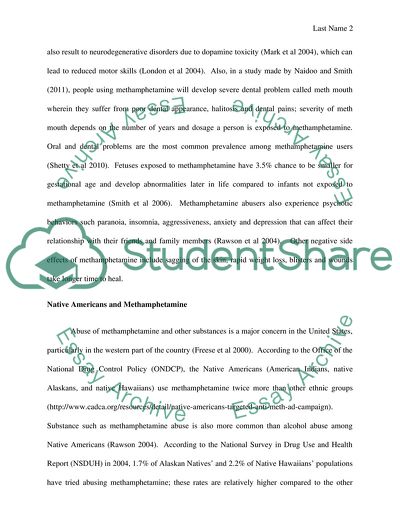Cite this document
(The Significance of Methamphetamine Use in the Native American Culture Essay, n.d.)
The Significance of Methamphetamine Use in the Native American Culture Essay. https://studentshare.org/sociology/1759216-the-significance-of-methamphetamine-use-in-the-native-american-culture
The Significance of Methamphetamine Use in the Native American Culture Essay. https://studentshare.org/sociology/1759216-the-significance-of-methamphetamine-use-in-the-native-american-culture
(The Significance of Methamphetamine Use in the Native American Culture Essay)
The Significance of Methamphetamine Use in the Native American Culture Essay. https://studentshare.org/sociology/1759216-the-significance-of-methamphetamine-use-in-the-native-american-culture.
The Significance of Methamphetamine Use in the Native American Culture Essay. https://studentshare.org/sociology/1759216-the-significance-of-methamphetamine-use-in-the-native-american-culture.
“The Significance of Methamphetamine Use in the Native American Culture Essay”. https://studentshare.org/sociology/1759216-the-significance-of-methamphetamine-use-in-the-native-american-culture.


